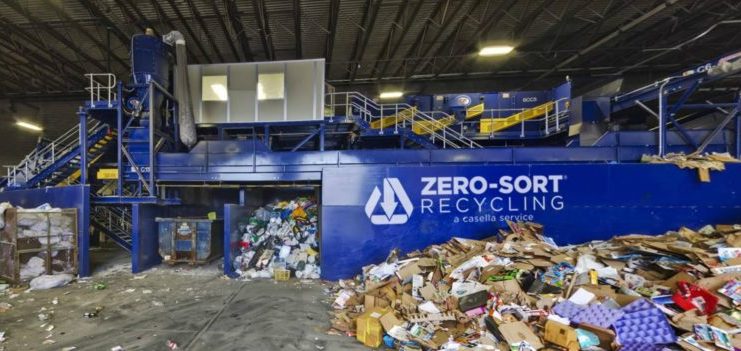
Sterling Homes has a long standing commitment of environmental stewardship. After all, we do consider ourselves a “Green Building” company. But what classifies us as green builders? Nowadays, the word “green” gets thrown around for a lot of different reasons, and to be honest, there is really no silver bullet to build a green home. Here at Sterling Homes, we strive to build homes that are as energy efficient as possible, while still meeting the needs, wants, and wishes of our clients. This involves equipping our homes with high quality insulation, Energy Star certified smart appliances, and high quality windows and doors that prevent heat loss. On top of all this, attention to detail is critical. From the plans to the framer to the insulator to the trimmer, each person who touches a home must be thinking about air sealing and keeping the thermal envelope as tight as possible. The tighter the home, the more comfortable the home will be, and the less expensive to heat and cool. For many, this seems to be a clean cut summary of what green building really is.
Though in reality, green building is far more complex and dynamic than simply preventing energy loss from your home. There is no silver bullet. Construction and Demolition (C&D) material debris constitutes a significant waste stream in the United States. According to the Environmental Protection Agency’s 2014 Waste Characterization Report, approximately 534 million tons of construction and demolition debris was generated in 2014. To the average eye this is just a number. It’s easily understood that 534 million tons is an incredibly large sum of waste, though it isn’t as easy to wrap your head around the amount of energy expended in their creation, and promptly wasted as these materials end up useless in a landfill.
Take a minute to think about what construction waste actually looks like. Materials are ordered for every aspect of your home, big and small. The lumber, ducts, and PVC. The hardware: nails, screws, nuts, bolts, and staples. Then there is the siding, asphalt shingles, insulation, and gutters. The list goes on. It’s important to realize that every one of these materials arrives packaged. In my opinion, over-packaged. The materials are held together with plastic wrap, industrial plastic ties, large cardboard boxes, and served on gourmet platters we call wood pallets. The materials are then sliced and diced to fit the many dimensions of your home, leaving scraps that are many times unusable. While we design our homes to maximize our usage of each material, it is inevitable to be left with unusable scraps of these materials. On top of these scraps, hardware is often dropped from the top of high ladders, only to be replaced rapidly with a fresh nail from the tool belt. I could elaborate on and on about the nuances and complexities of the building process, but I think you get my point: Building homes generates a lot of waste. So how does Sterling mitigate the impact that this waste has on the environment? Doesn’t a big dumpster in front of a home feel wasteful? It does to us too.
83.4% of the waste in those dumpsters is recycled with Casella Waste Systems Construction and Demolition services.
Casella Waste Systems, Inc. is a waste service company that offers services to several states in the Northeast. Sterling utilizes Casella’s Construction and Demolition Facility on Redmond Road in Williston, Vermont. Here, Casella operates a certified transfer and recycling facility that accepts most materials used in the construction of our homes. Some of these materials include packing materials, cardboard, brick, concrete, drywall, and much more. This Commingled C&D Program effectively encompasses all materials used on our job site mixed together, hence “Commingled”. This program has a current aggregate waste diversion rate of 83.4%, meaning that over 80% of the total construction and demolition debris processed on all sites are able to be recycled in some fashion. This is an impressive statistic. Imagine if 80% of the 534 million tons of construction and demolition waste, as reported by the EPA, could be recycled in some fashion.
Nothing screams wasteful like a jobsite littered with plastic and Styrofoam. The Commingled Program makes things easier for Sterling in the field, allowing us to think less about the contamination of our recycled materials, and more about building a quality, life-long home. Building is a fast paced and messy job. Casella allows Sterling to move at the high-performance pace our clients expect, while also keeping our job sites clean and organized.
Though we pride ourselves on our ability to build energy efficient and minimal impact homes, it is important to remember that building homes in today’s day and age is complex. It shouldn’t be seen as a dichotomy of “sustainable” or “unsustainable”, “green” or “not green”. We should be looking at development as the complex process that it is, and analyze the many different details that go into home building from a systems view. The world of Green Building is evolving every day, and recycling with Casella Waste Services is just another way we can attempt to mitigate the impact our homes and developments leave on the planet.

